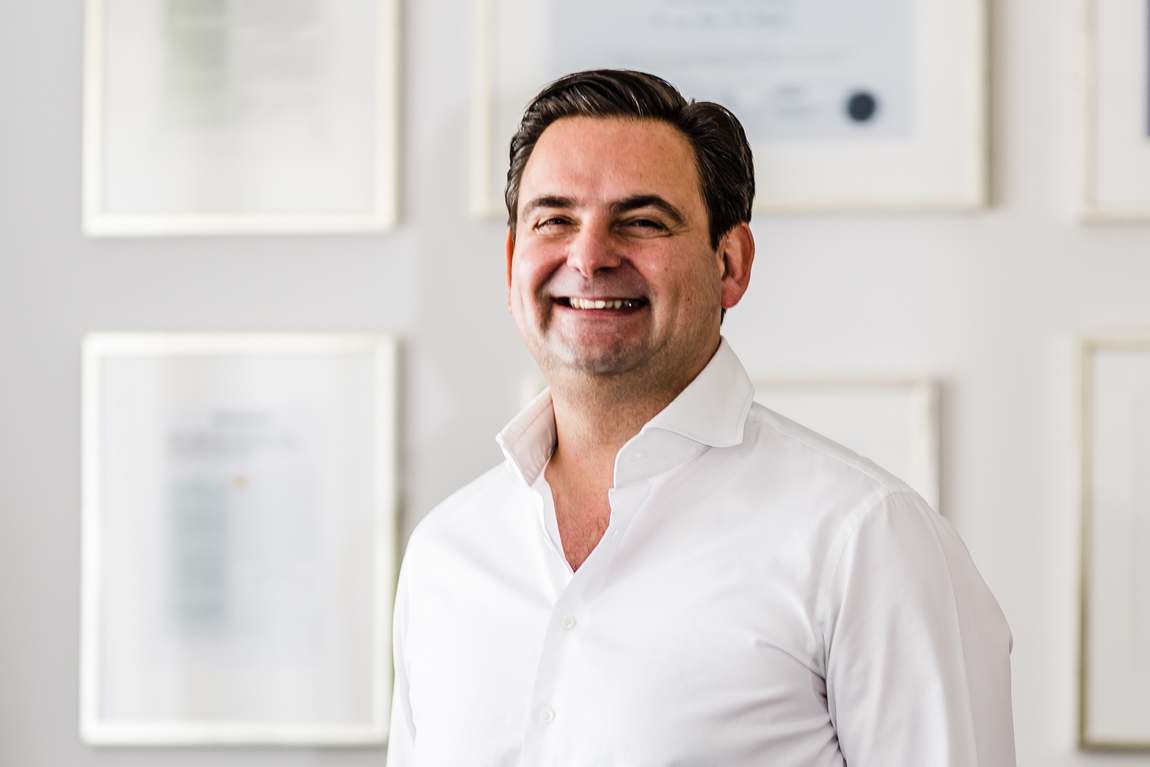Both in femto-LASIK and LASIK, a flap incision of around 20 mm is required since the excimer laser cannot penetrate the topmost corneal layer. This incision destabilizes the eye's surface and has many additional side-effects which do not occur with SMILE®. "Dry eyes" and "sands of Sahara" occur significantly more rarely with the SMILE® method. The same applies to injuries to the epithelium and weakening of the cornea which can be attributed to the fact that the topmost corneal layer never gets attached as firmly again as it was before the femto-LASIK.
We never had a patient complaining of dry eyes after SMILE® treatment; at least theoretically, they can occur in the first days after the treatment. In dry eyes, a disorder of tear production occurs in the first few weeks as a consequence of the operation. By means of appropriate therapy, you can counteract this symptom. Sands of Sahara - which is actually called diffuse lamellar keratitis, DLK - is an inflammation below the flap after femto-LASIK or LASIK some patients experience. It can be treated with anti-inflammatory drops and has late consequences in rare cases only. In isolated cases, adhesions of the epithelium below the flap occur which can necessitate repeating the operation in an occasional case. As a consequence of these possible but rare complications, a reduction of visual acuity occurs in less than one percent of cases. However, this figure can be reduced even further by follow-up treatment. Therefore, please be sure to attend the aftercare appointments we indicated.
"The larger the surgeon's experience, the lower the risk."
Dr. Breyer, 60,000 surgeries
Since the incision in the cornea is very small, these complications have not been described yet after SMILE®. Therefore, it is also suitable for patients with dry eyes.



